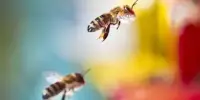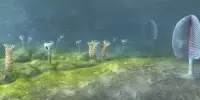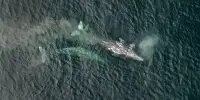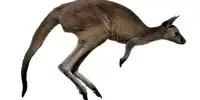The number of interactions between different species increases community diversity, but the mean interaction strength decreases. The interaction capacity hypothesis suggests that interspecies connectance may be important in understanding and predicting community diversity.
The term biodiversity conjures up images of lush rainforests, teeming estuaries, and other biomes teeming with a kaleidoscope of species interacting within their communities. The same could be said for biodiversity at the microscopic level.
Previous research has suggested that species interactions and community diversity are inextricably linked. However, it has not been thoroughly researched how community diversity affects interspecies interactions.
The total interaction strength experienced by a single species is a limiting factor, resulting in weakened interspecific interactions in a high-diversity community. Our meta-analysis of biodiversity datasets suggests that the interaction capacity hypothesis may be applicable to a wide range of taxa and ecosystems.
Masayuki Ushio
A new Kyoto University study has found that, while the number of interactions between different species increases as expected, the mean interaction strength decreases.
“The total interaction strength experienced by a single species is a limiting factor, resulting in weakened interspecific interactions in a high-diversity community,” says lead author Masayuki Ushio.
He proposed the interaction capacity hypothesis which might help understand and predict community diversity. To test the hypothesis, Ushio’s team analyzed interaction networks reconstructed from the environmental DNA time series of 1197 species from experimental rice plots.
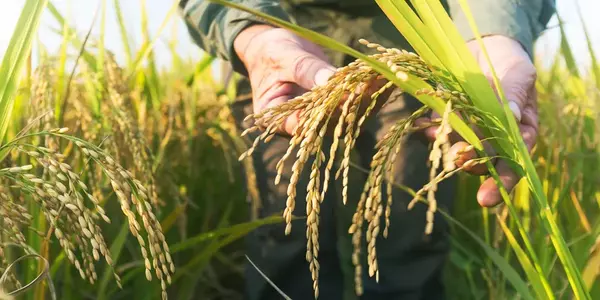
When foraging, animals frequently rely on social information: the presence of a conspecific individual at a food patch can transmit information about patch location, resource quality, or accessibility. The use of social information obtained from the observation of conspecifics’ behavior1, 4 can lead to improved foraging opportunities and increased rate of food intake, while also increasing competition at the food source.
The results of the experiments showed that interspecies connectance may be important because it influences how the total interaction capacity is distributed within the community. “This phenomenon can provide mechanistic explanations for many observed ecological patterns in nature,” the author continues.
The team was able to hypothesize that community diversity, interaction capacity, and connectance are all interdependent based on the results of the simple mathematical model used in the interaction capacity hypothesis.
“Our meta-analysis of biodiversity datasets suggests that the interaction capacity hypothesis may be applicable to a wide range of taxa and ecosystems,” Ushio concludes.

